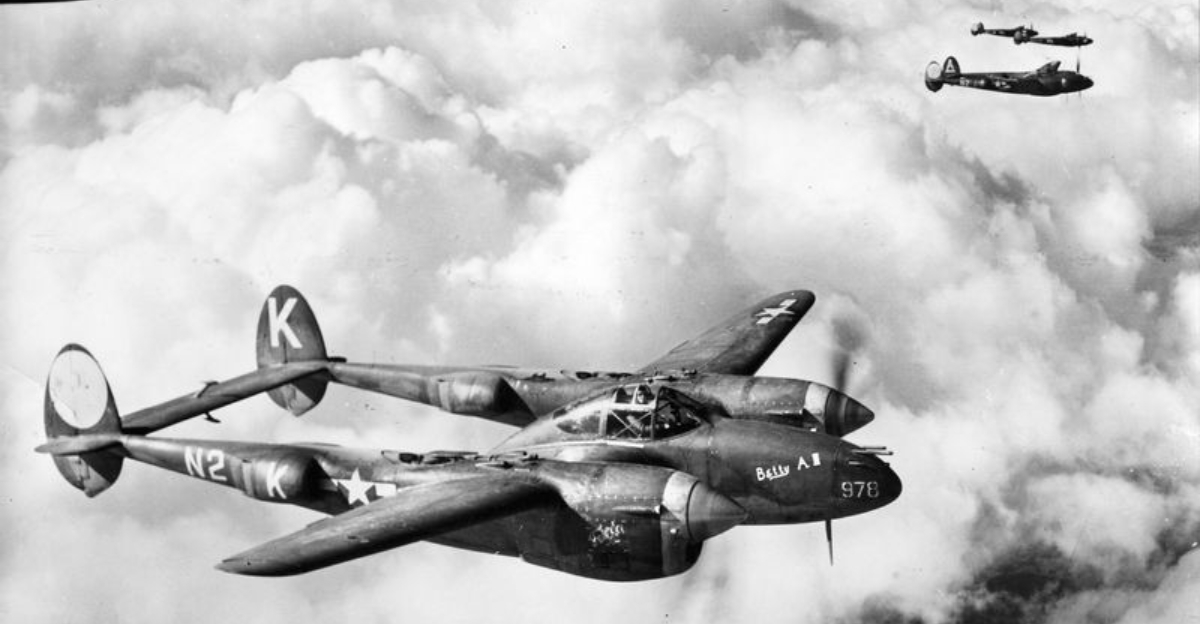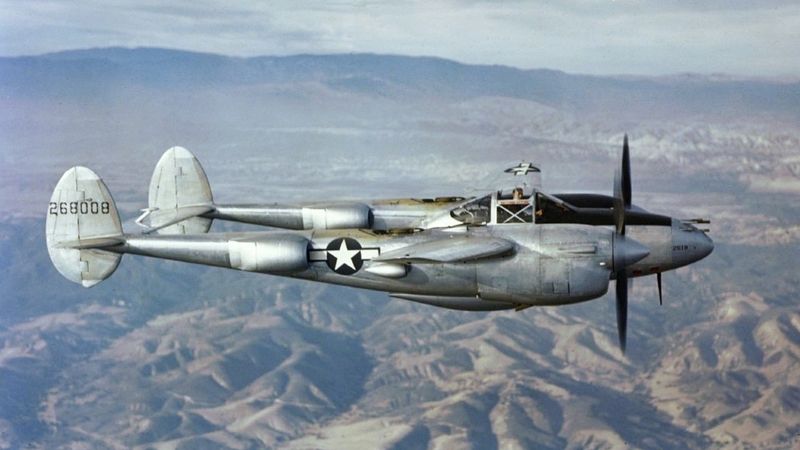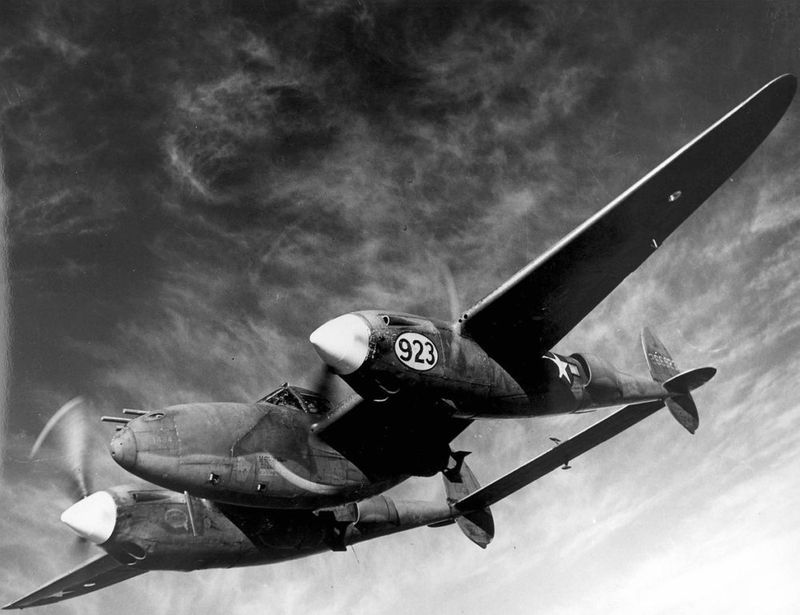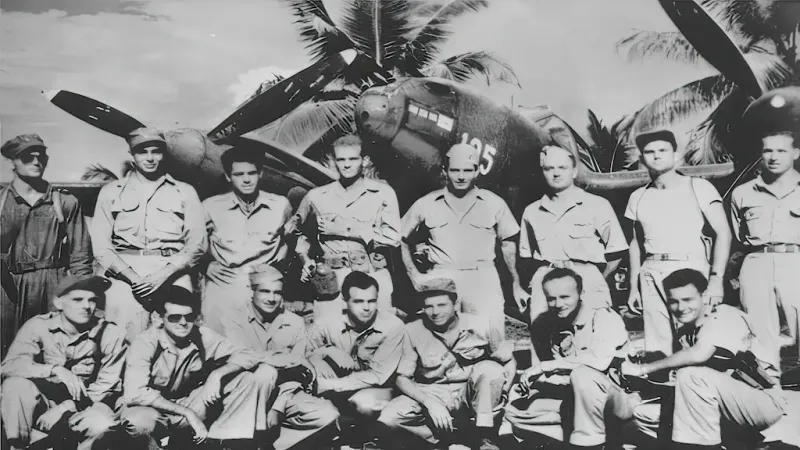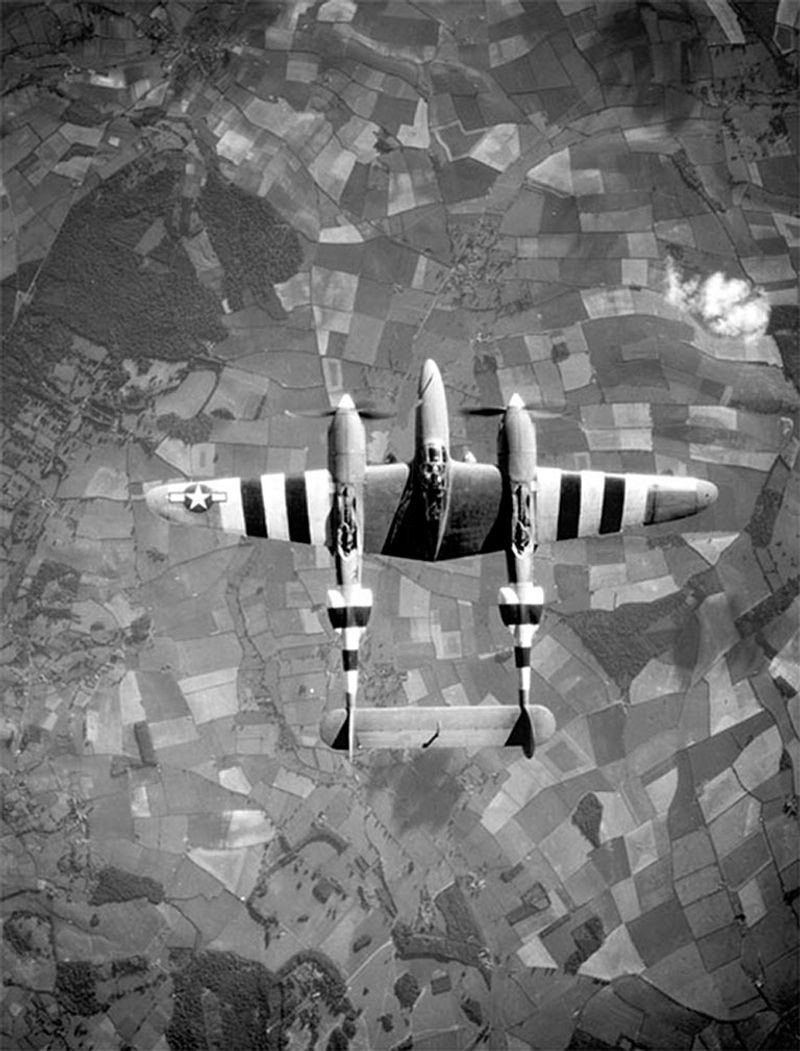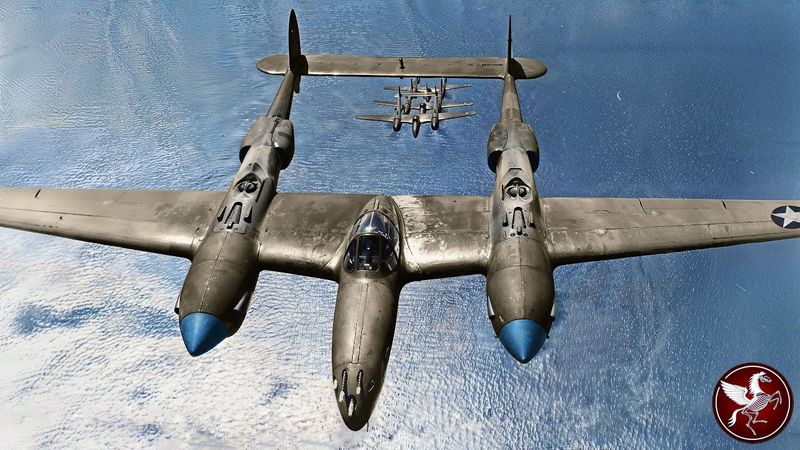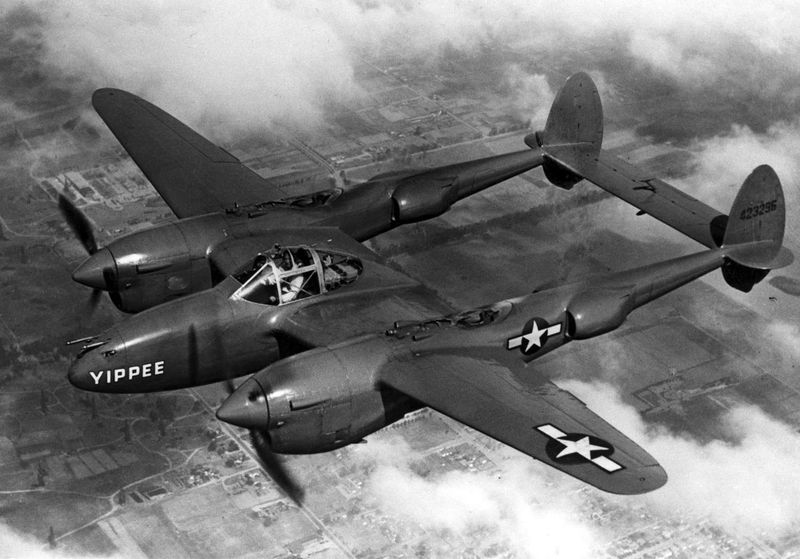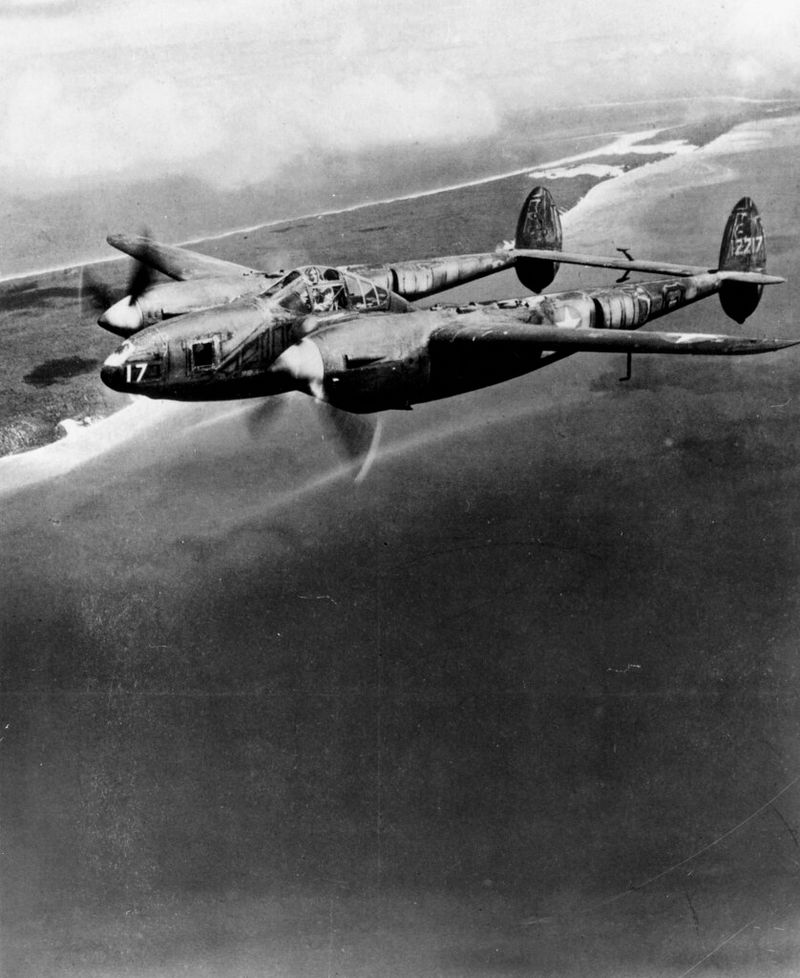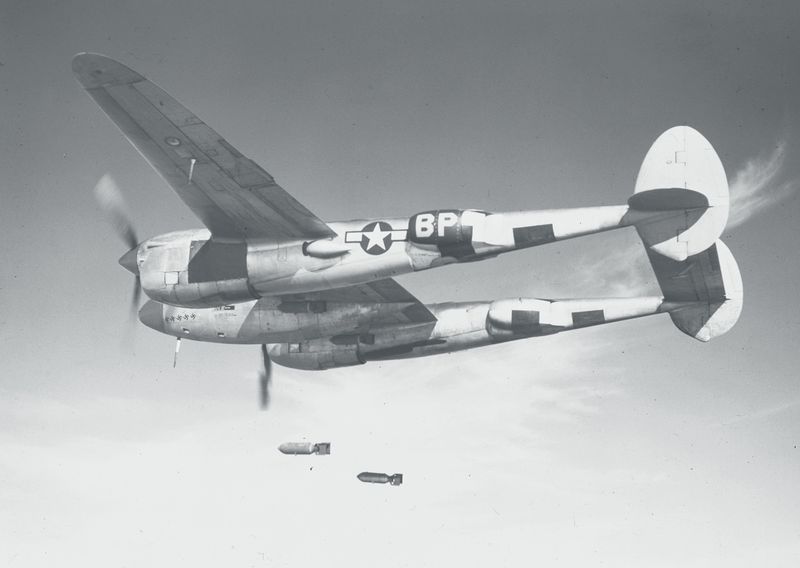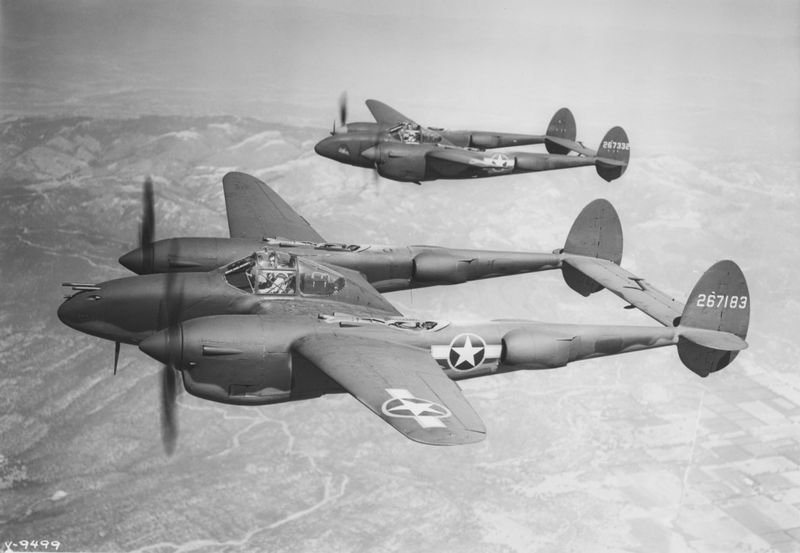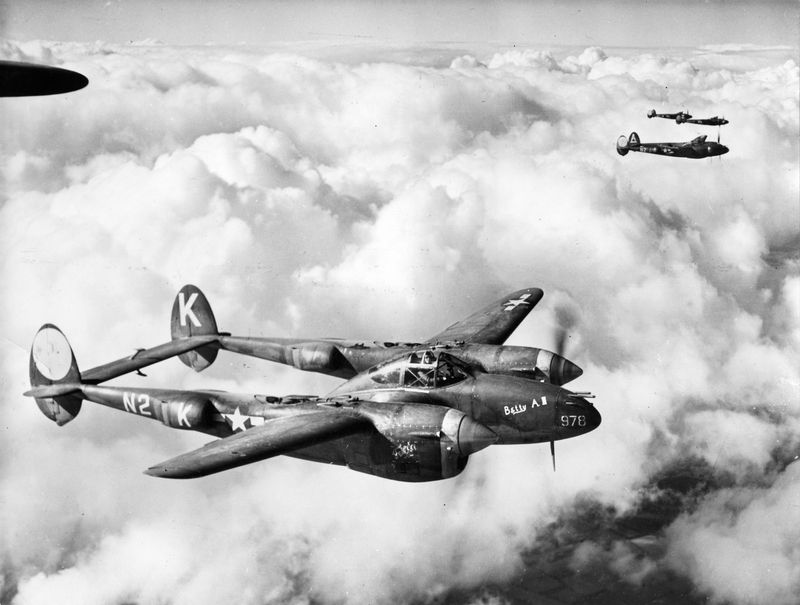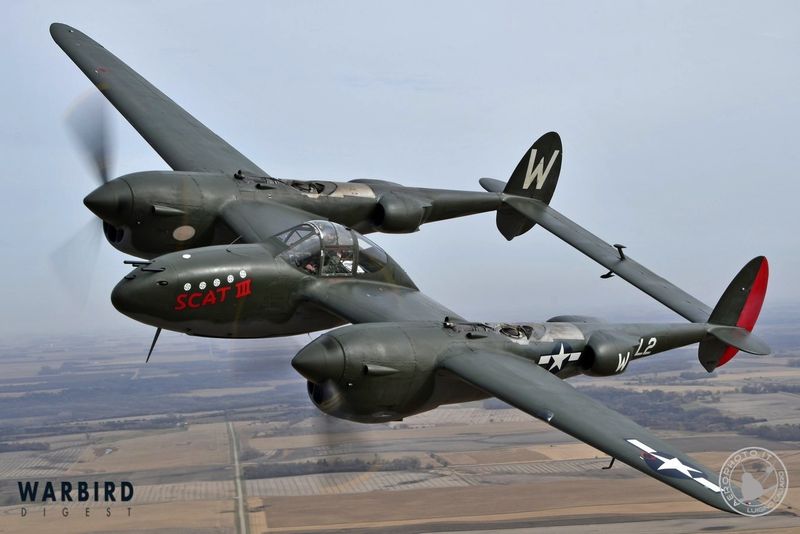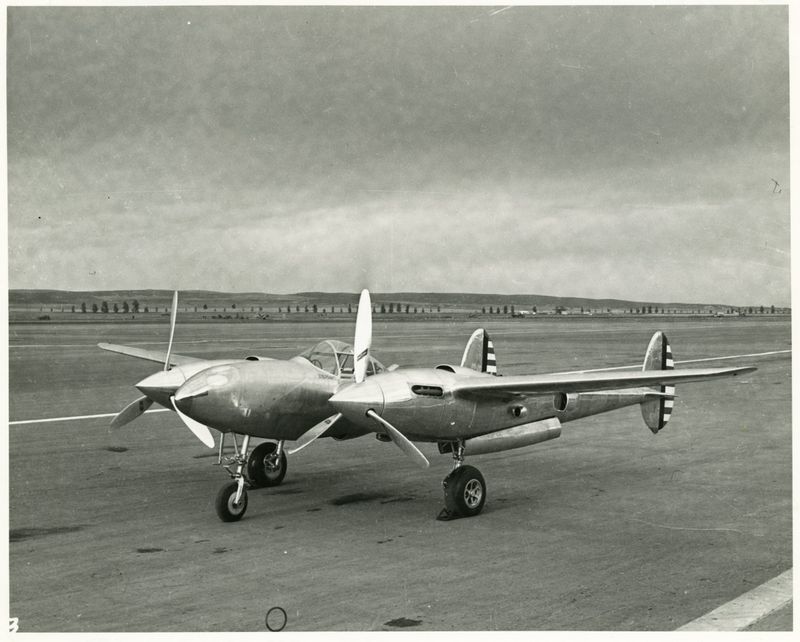While the Spitfire, Mustang, and B-17 Flying Fortress get all the glory, there’s one World War II aircraft that quietly rewrote the rules of combat—and hardly anyone talks about it. Meet the Lockheed P-38 Lightning—the twin-boomed, turbo-charged plane that changed the skies forever. Here’s why this unsung hero deserves a standing ovation in the history books.
1. It Was the Only American Fighter in Production from Start to Finish
From the attack on Pearl Harbor to V-J Day, the P-38 Lightning held a unique distinction. Throughout WWII, it was the only American fighter produced continuously, a testament to its enduring value. Its consistent presence signifies not just reliability but an unparalleled adaptability in various theaters. Why did it remain indispensable? The answer lies in its unmatched versatility, able to adapt to changing warfare demands.
As other aircraft came and went, the P-38’s design proved timeless, meeting the evolving needs of combat situations. This enduring production during the entire war era speaks volumes of its unprecedented utility.
2. Twin Engines Meant Double the Power—and a Lifesaving Backup
Unlike single-engine fighters, the P-38 Lightning boasted two turbocharged engines, a pioneering feature that was a game-changer. Imagine a pilot’s relief knowing that even if one engine was compromised, the plane could still return home safely.
This crucial advantage saved countless lives, offering a safety net that few other aircraft could provide. The twin-engine design not only doubled the power but also instilled a confidence in pilots, allowing them to undertake daring missions with a safety margin. This engineering marvel ensured that bravery was backed by robust technology.
3. It Dominated the Pacific Theater
The Pacific Theater was vast, and many aircraft struggled with its demands. Enter the P-38 Lightning, whose long range made it the perfect candidate for island-hopping campaigns. Its ability to escort bombers deep into enemy lines made it indispensable.
But why was it so successful in this arena? The P-38’s adaptability to long missions meant it could handle the vast distances and challenging conditions of the Pacific. This dominance was not just about range; it was about strategic advantage. Its presence ensured that the Allies maintained a robust offensive in the Pacific.
4. It Took Down the Mastermind Behind Pearl Harbor
In one of the most dramatic missions of WWII, the P-38 Lightning played a pivotal role. Operation Vengeance saw the P-38s intercept and kill Admiral Isoroku Yamamoto, the architect of Pearl Harbor.
Why does this mission stand out? It was a daring precision ambush that showcased the P-38’s capabilities. The meticulously planned operation highlighted the aircraft’s strategic importance in executing high-stakes missions.
This moment not only avenged the attack on Pearl Harbor but demonstrated the decisive impact of the P-38 in altering the course of the war.
5. It Had Nose-Mounted Firepower That Didn’t Miss
The P-38 Lightning’s design included all its guns mounted in the nose, a unique feature that offered unparalleled accuracy. Unlike wing-mounted guns that converged at a point, the P-38’s firepower traveled in a tight stream.
This configuration meant that pilots had a higher hit probability, enhancing combat effectiveness. It wasn’t just about firepower; it was about precision and efficiency. For pilots, this nose-mounted setup meant fewer wasted bullets and more successful missions. With such accuracy, the P-38 could confidently engage enemy planes and emerge victorious.
6. It Could Outclimb and Outshoot Most Axis Fighters
The Lightning was a beast in the air, known for its ability to outclimb nearly any opponent. Pilots loved its speed and agility, reaching over 40,000 feet with ease. This altitude advantage made it a nightmare for Japanese Zeroes and German fighters alike.
But what truly set it apart was its combination of speed and firepower. In dogfights, the P-38 could outmaneuver and outgun its adversaries. It wasn’t just about climbing; it was about dominating the skies with superior tactics and firepower.
7. It Was the Top-Scoring Plane of America’s Top Aces
The P-38 Lightning was the aircraft of choice for America’s top aces. Richard Bong and Thomas McGuire, the two highest-scoring U.S. fighter aces, trusted this plane above all others.
What made it their favorite? It was a combination of reliability, speed, and sheer firepower. Their success stories in the P-38 are legendary, with many victories credited to the plane’s superior design. This high-scoring reputation wasn’t just about individual talent; it was about the synergy between man and machine. The P-38’s legacy is inseparable from these iconic ace pilots.
8. Its Design Was Like Nothing Else in the Sky
The P-38 Lightning looked like no other plane in the sky. Its twin-boom design was instantly recognizable and highly functional, separating the engines from the cockpit for better balance and performance.
This unique design wasn’t just about aesthetics; it was about innovation. It allowed for greater stability and control, giving pilots confidence even in the toughest conditions. The P-38’s silhouette became a symbol of American ingenuity and aeronautical advancement. In a sky filled with conventional designs, the P-38 stood out as a beacon of creativity and engineering prowess.
9. It Played Multiple Roles—and Played Them Well
The P-38 Lightning was the Swiss Army knife of aircraft. It wasn’t just a fighter; it was an interceptor, bomber escort, ground attacker, and reconnaissance plane, adapting to whatever role was needed.
This versatility meant that it often outperformed planes designed for just one purpose. How did it manage this? The P-38’s robust design and engineering allowed it to switch roles seamlessly. In every mission it undertook, the Lightning proved its worth, showing that sometimes, being a jack-of-all-trades is the best strategy.
10. It Flew Faster Than Sound… Almost
With speeds topping 400 mph, the P-38 Lightning was among the fastest aircraft of its time. Some pilots even experienced temporary control loss during steep dives, believing they’d broken the sound barrier.
This near-supersonic speed was a double-edged sword, offering incredible advantages but also requiring careful handling. After experiencing these speeds, adjustments were made to improve control, showcasing the adaptability of its design. This capacity for speed was more than just numbers; it was a testament to the aircraft’s advanced engineering and capability to push boundaries.
11. The Germans Feared It—and Gave It a Nickname
In the skies over Europe, the P-38 Lightning struck terror into the hearts of German pilots, earning the nickname “Fork-Tailed Devil.” This moniker was not given lightly; it was a testament to the P-38’s formidable presence and effectiveness.
What inspired such a name? It was the aircraft’s agility, speed, and lethal firepower that made it a feared adversary. For the Germans, seeing a P-38 in the sky meant a tough battle ahead. Its reputation as a devilish foe contributed to its legendary status in aerial combat history.
12. It Revolutionized Air Reconnaissance
Stripped-down “F-5” variants of the P-38 were pivotal in air reconnaissance, capturing crucial images that informed strategic decisions. These versions, devoid of armament, focused on gathering intelligence without detection.
This role was as vital as any combat mission, providing the Allies with the eyes they needed to plan operations like D-Day. The P-38’s adaptability to this non-combat role demonstrated its versatility. In the realm of intelligence, it proved that sometimes, the most effective weapon is the one that goes unnoticed, silently shaping the course of history.
13. It Excelled in Cold and Hot Climates Alike
From the frigid conditions of Europe to the sweltering heat of the Pacific, the P-38 Lightning excelled in diverse climates. Its robust construction allowed it to perform reliably in temperature extremes that grounded lesser aircraft.
This adaptability was crucial for its widespread deployment. How did it manage such versatility? The engineering behind the P-38 ensured it could endure harsh environments without compromising performance. This climate versatility underscored its role as a truly global fighter, ready to face any challenge, anywhere.
14. It Was a Symbol of American Airpower Abroad
To soldiers on the ground, the sight of a P-38 Lightning overhead was a reassuring symbol of American airpower and superiority. Its presence provided hope and confidence, a reminder that support was always near.
The P-38’s iconic silhouette became synonymous with strength and protection. Why did it hold such significance? It was its reputation for effectiveness and reliability that made it a beacon of hope in hostile territories. The Lightning didn’t just fight battles; it boosted morale, embodying the spirit of resilience and determination.
15. Its Legacy Helped Shape Postwar Aviation
The innovations that defined the P-38 Lightning didn’t end with the war. Its breakthroughs in turbocharging, aerodynamics, and armament laid the groundwork for future advancements in aviation and even spaceflight engineering.
How did it influence the postwar era? The P-38’s design principles were carried forward, inspiring a new generation of jet fighters. This legacy is a testament to the aircraft’s role as a pioneer, driving the evolution of aviation technology. It was a game-changer not just in its time, but for future innovations.
